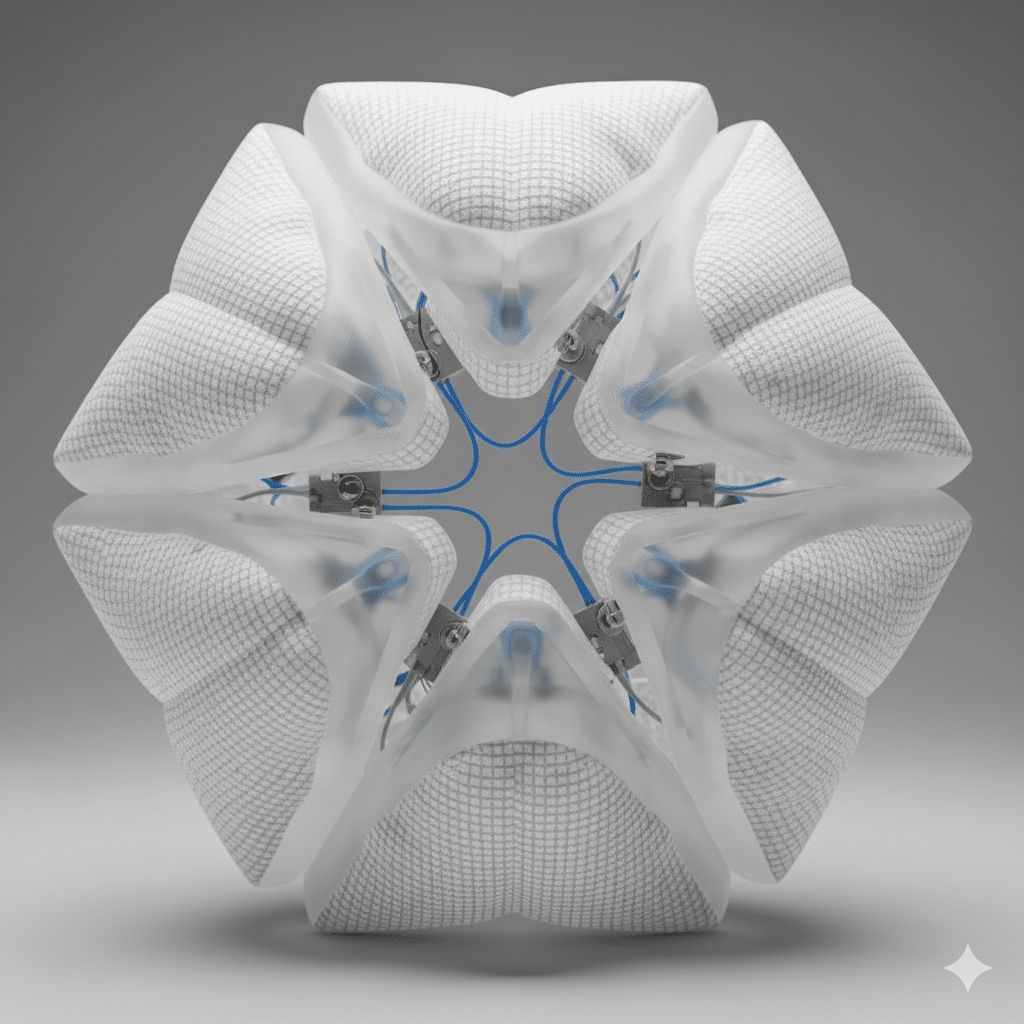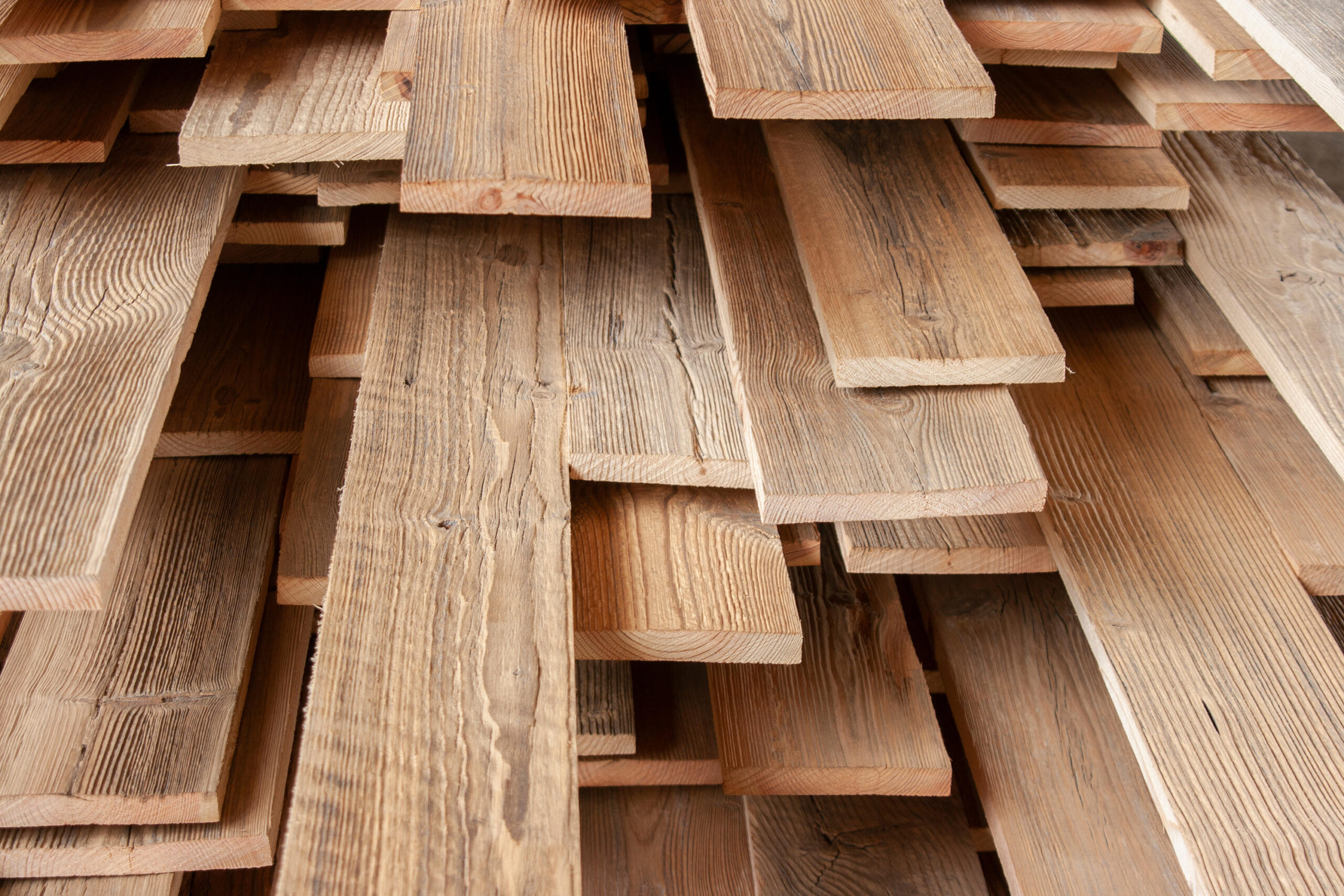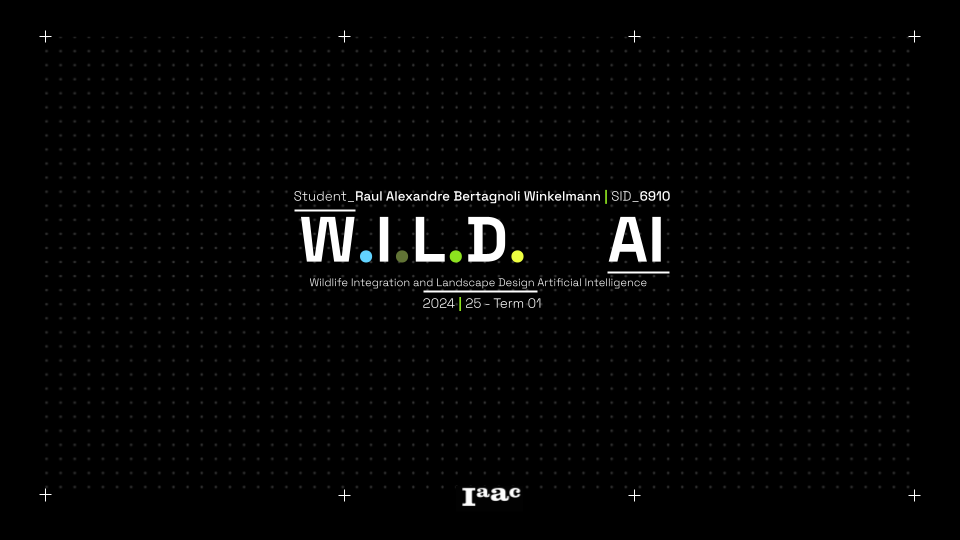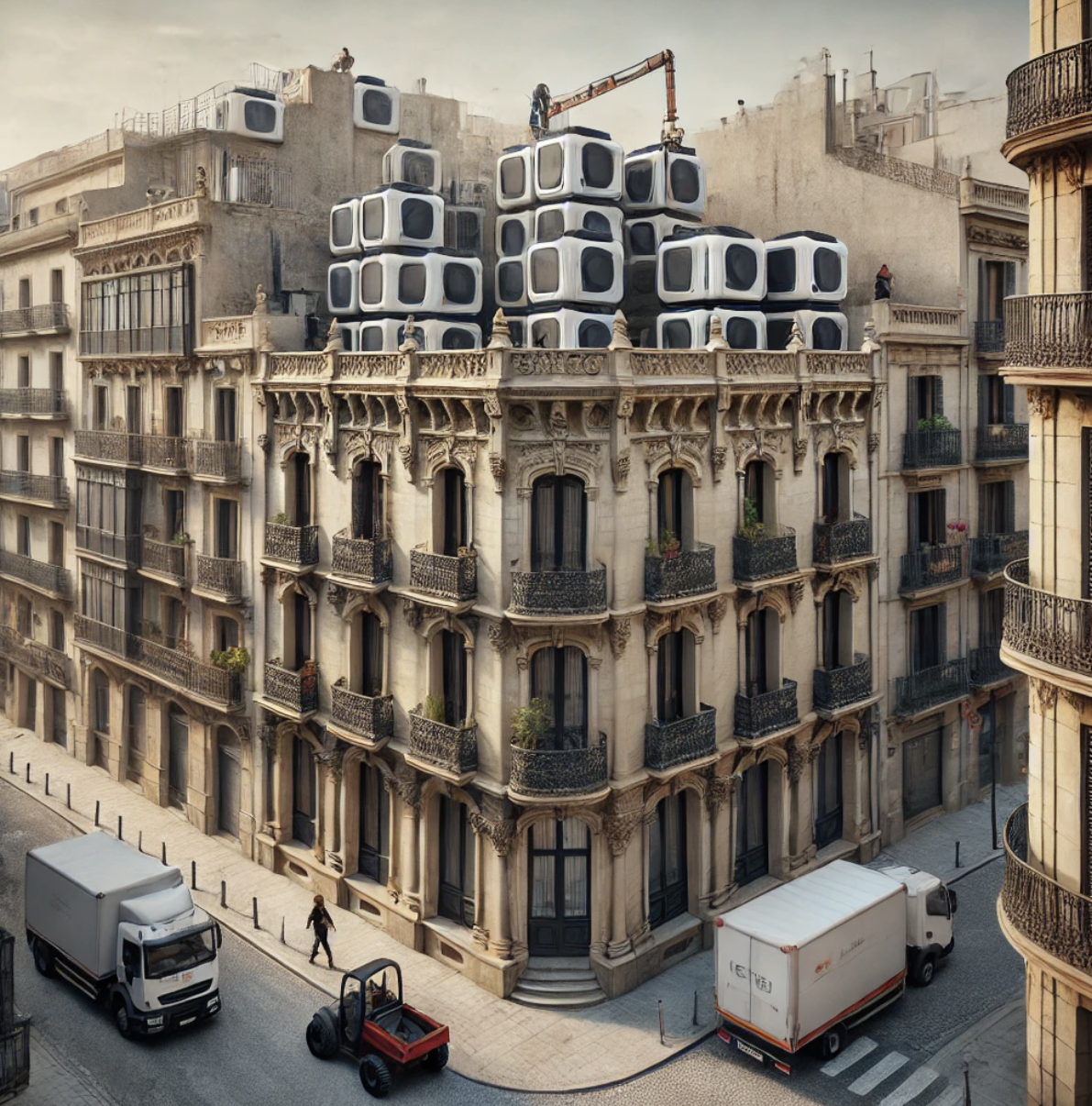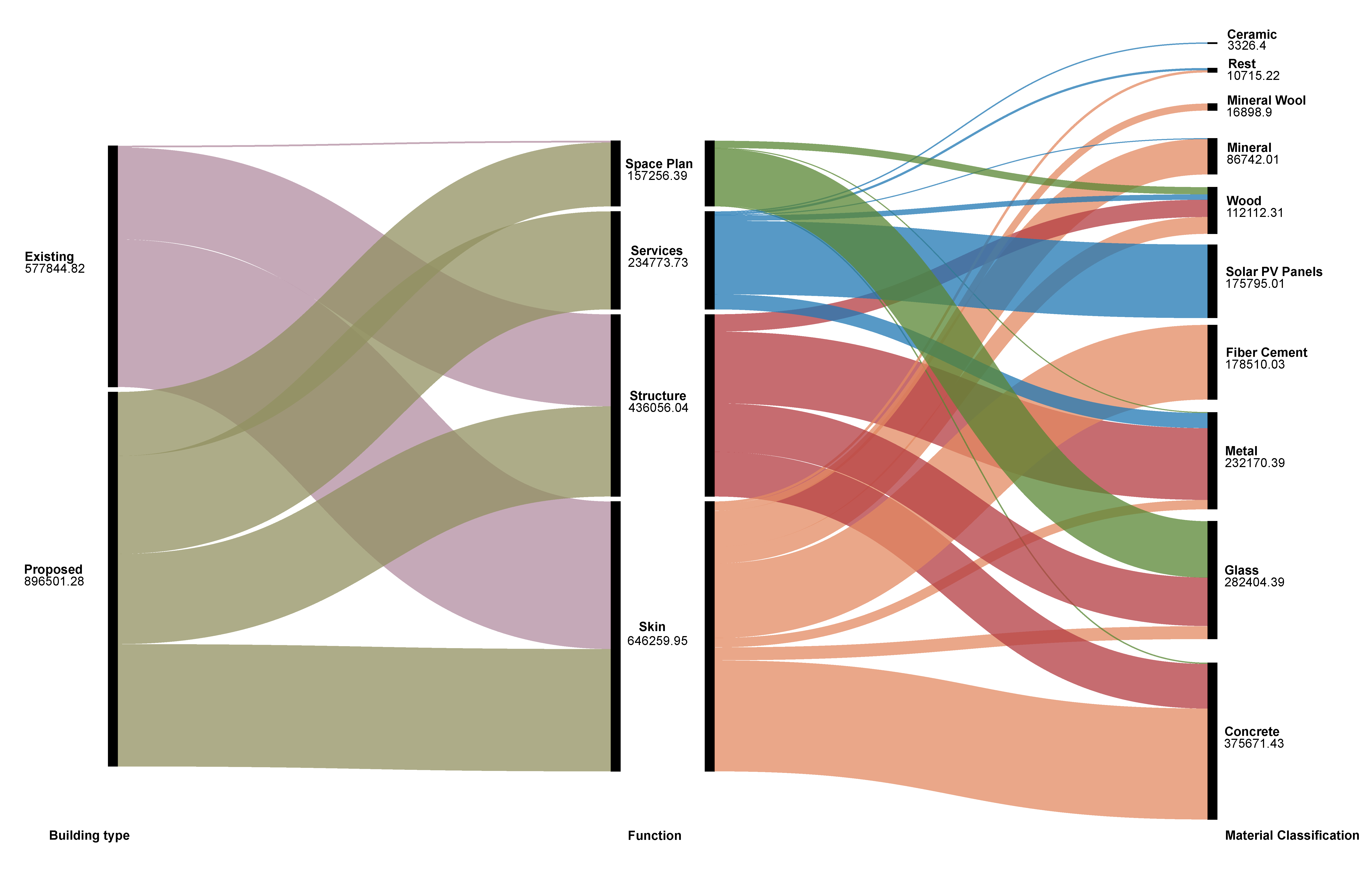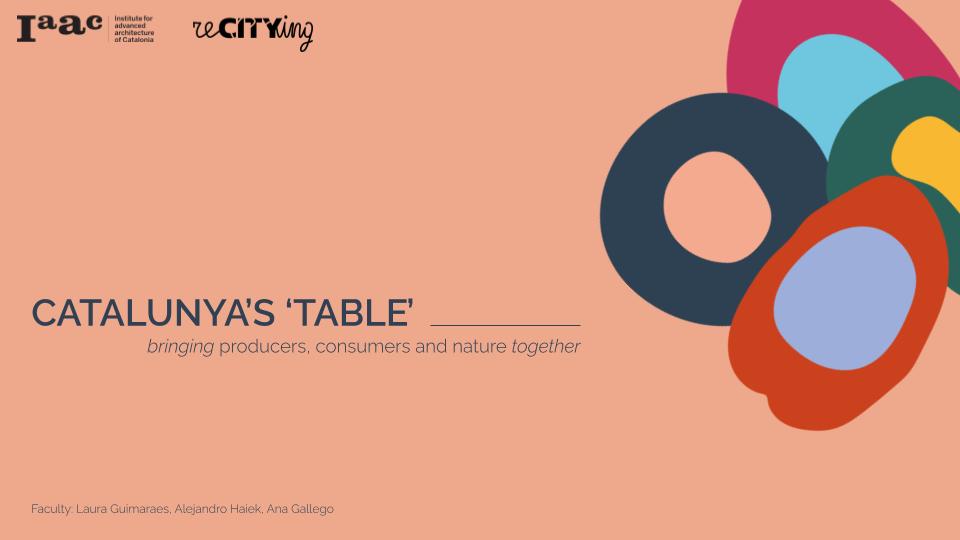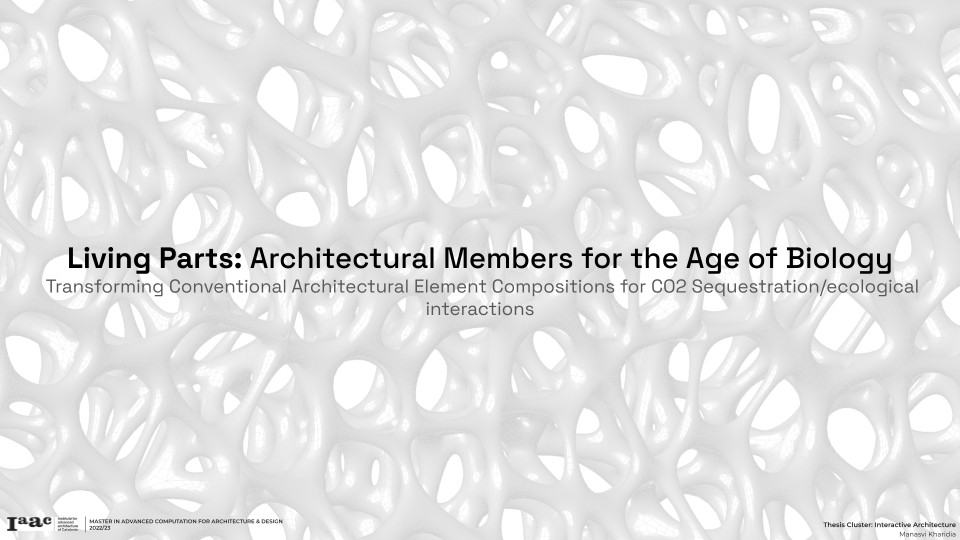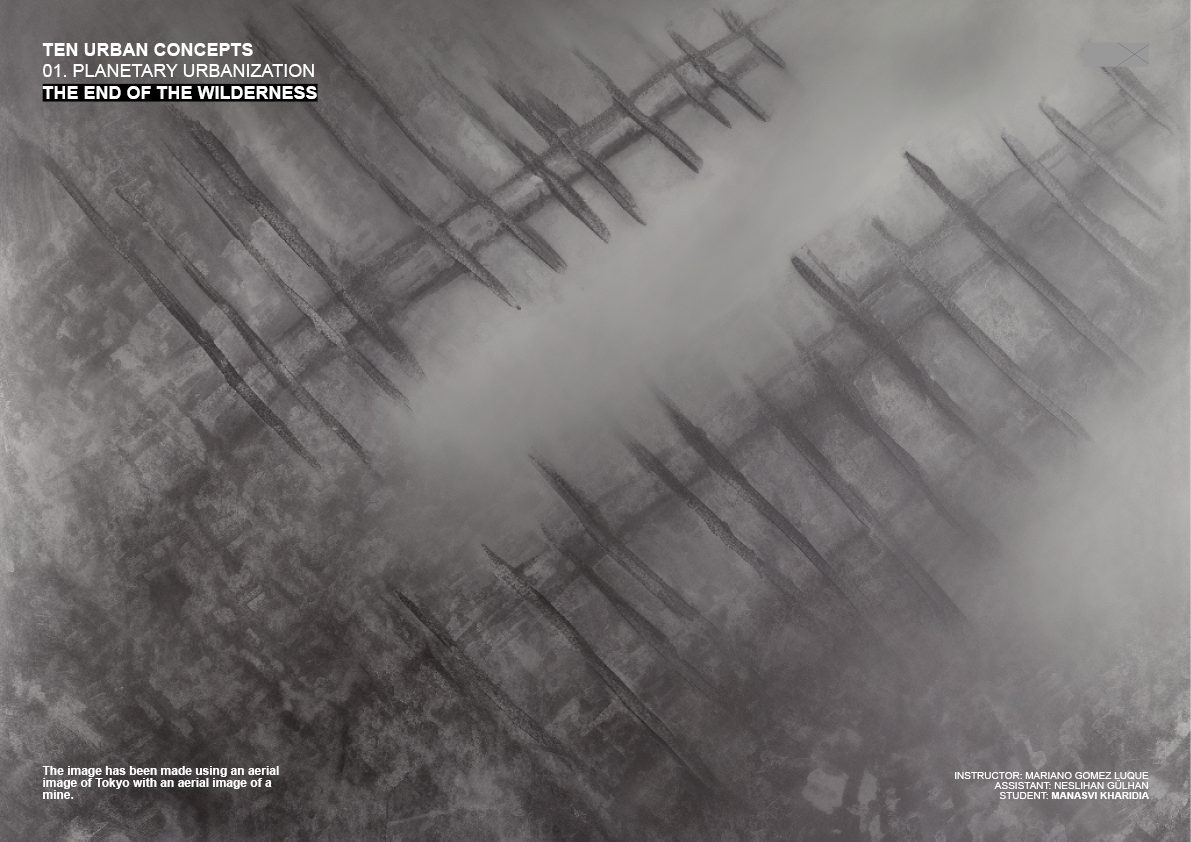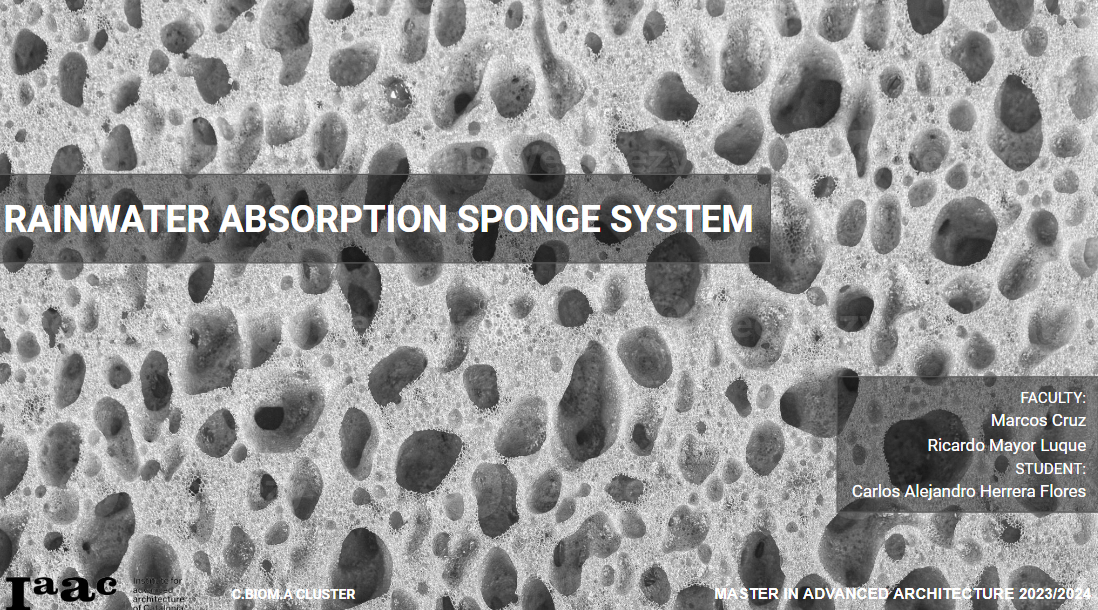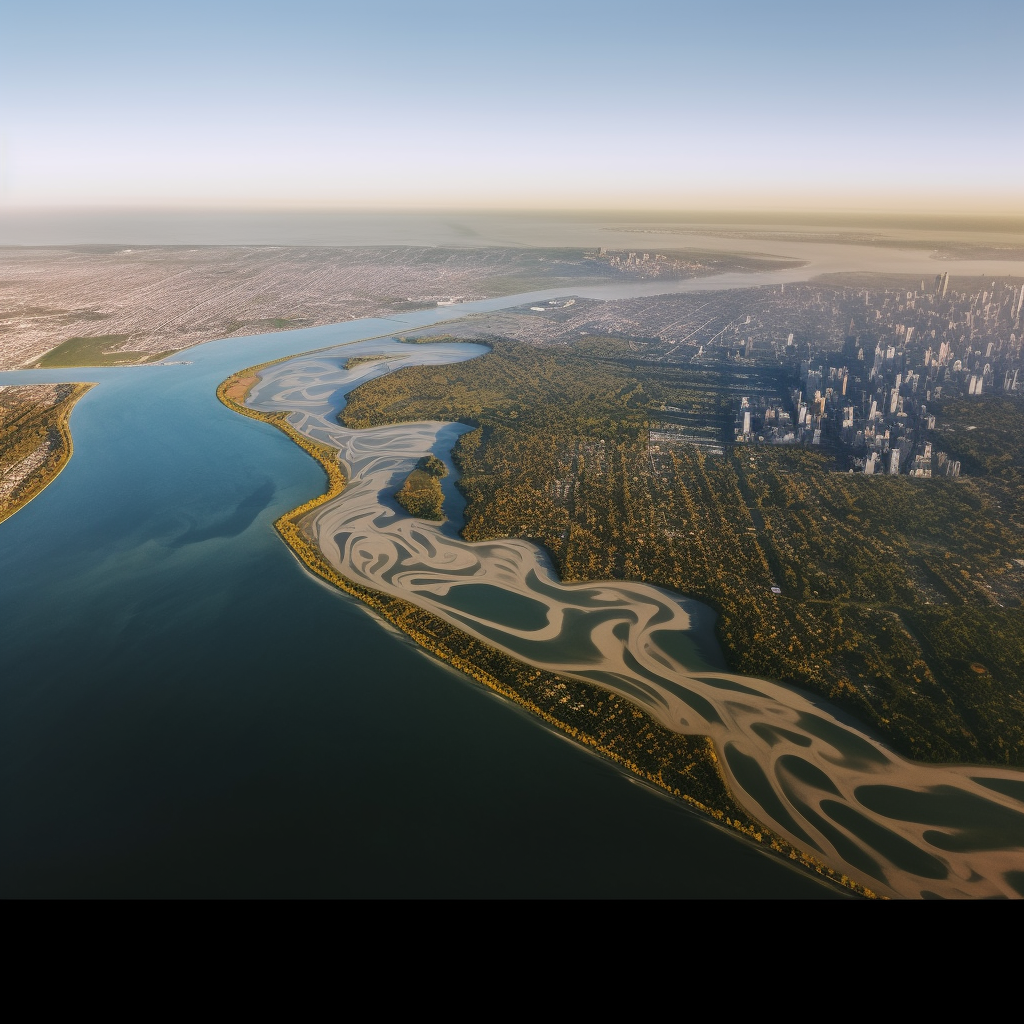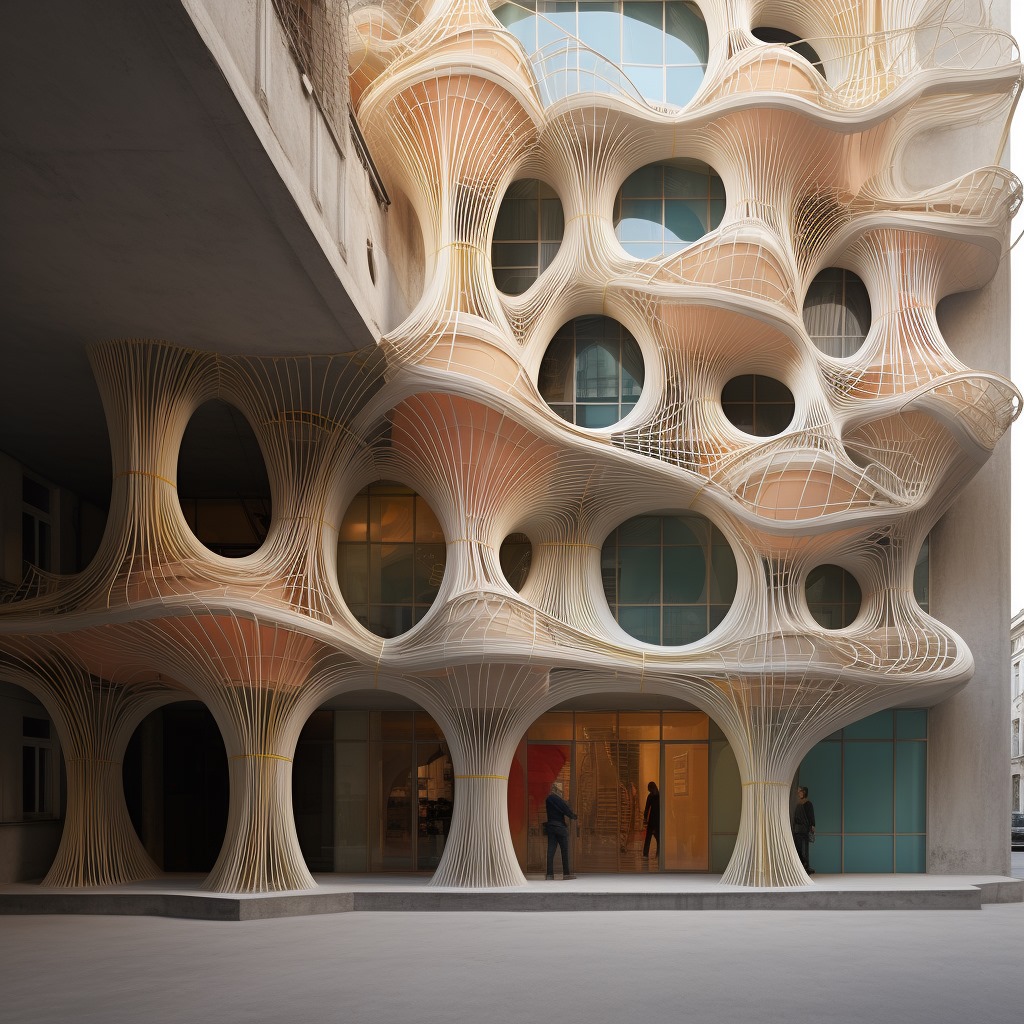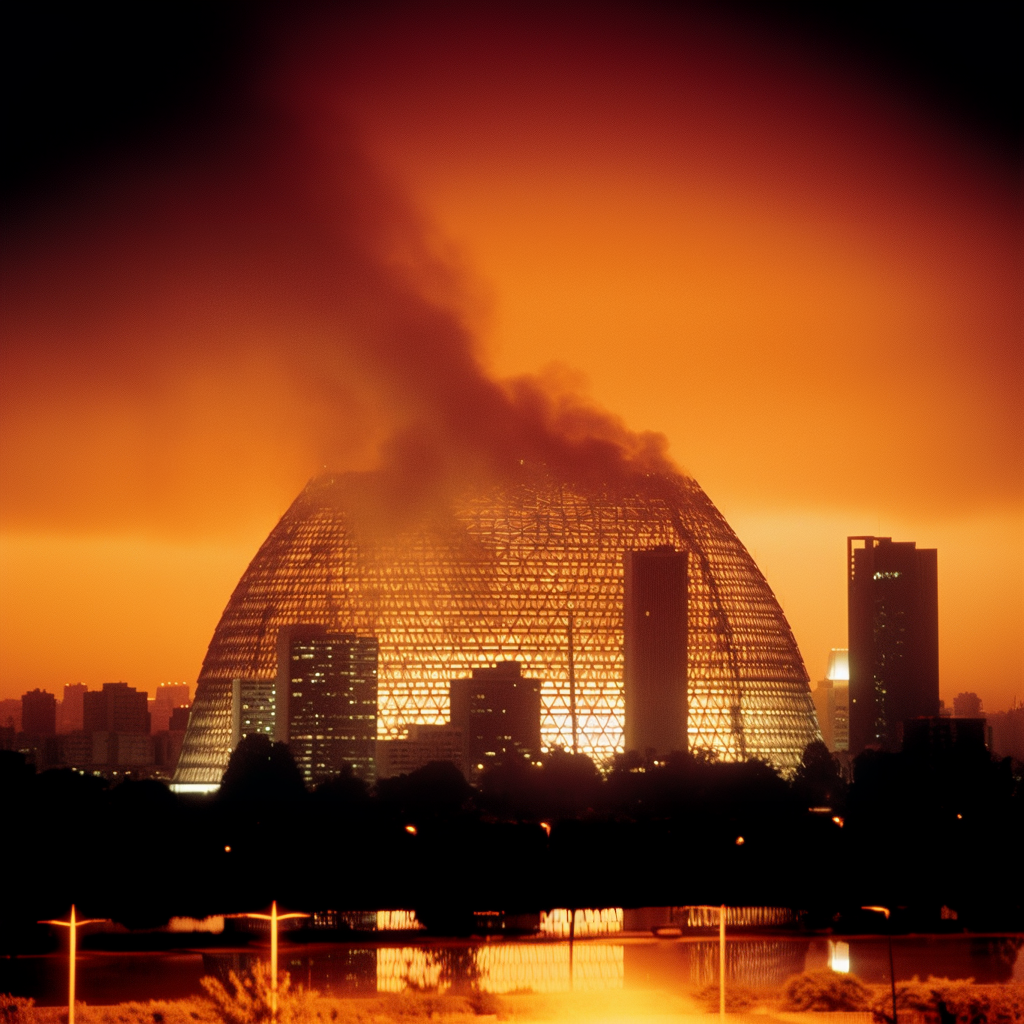During the second year of the Master in Advanced Architecture + Thesis Project (MAA02), students have the unique opportunity to work for a period of 1 year on an Individual Thesis Project, focused on the development of a research or pilot project based on the student’s interest, and the learnings of the first year. IAAC supports the student in selecting their Thesis Project topic in order to better orient them according to their future career interests and opportunities. Each student, according to their specific topic, is assigned one or more Thesis Advisors that follow the development of the work throughout the year.
In parallel to the development of the Individual Thesis Project, the second year of the MAA02 offers a series of seminars enhancing the theoretical, practical and computational skills of the students.
CoolStreets Lab
PROBLEM SOLUTION CoolStreets Lab provides scalable, practical micro-scale heat-risk maps that help cities identify where to cool, shade, and protect their most vulnerable areas. COMPETITION BUSINESS MODEL Target Customers Business Model Early Validation Expert Interviews Key Insight Municipality Feedback Unit Economics TEAM FUNDING NEED WHAT THIS COVERS WHY THIS AMOUNT This is the minimum budget … Read more
Advanced Manufacturing Cluster – T01
Research Question Context Why Natural Fibers? Possible Impact Typologies State of Art Material Research Methodology Design Workflow
Optoppen (City above the city )
AIM The housing crisis in Spain stems from rising prices, stagnant construction, and growing demand, leaving many unable to afford housing, highlighting the need for urgent, sustainable solutions. Spain Time line of the Housing crisis Long Term trend Housing crisis AFFORDABLE HOUSING by 2035 Material comparison Homeless people Data Site documentation Typology – I Joint … Read more
Carbon Based Design
Introduction The course was an intensive, five-day workshop dedicated to calculating the carbon impact and exploring innovative solutions for the upcoming IAAC building. The goal was to present a proposal that could reduce the emissions in 40%. Location The design for the new IAAC building has already been approved and is now awaiting construction. Located … Read more
CATALUNYA’s ‘TABLE’
Bringing Producers, Consumers and Nature Together This project aims to connect local food producers, consumers, and nature in a symbolic way. The metaphor of a “table” represents unity and sustenance, gathering people across different genders, ages, and social classes. This installation, built from waste materials and invasive plants like Pontederia Crassipes, doubles as an ecosystem, … Read more
Living Parts: Architectural Members for the Age of Biology
Transforming Conventional Architectural Element Compositions for CO2 Sequestration/ecological interactions Living Parts is a project that tries to bridge the gap between anthropocentric and nature-centric design. As we already know that that the building industry, in the past couple of centuries has caused major harm to the environment with things like producing toxic waste, waste energy, … Read more
Not a Waste: Landfill mine tale
The excessive waste produced in countries worldwide is a grave and unignorable concern. Urbanization contributes to enhanced municipal solid waste generation, harming health and the environment. Landfills, globally emit thousands of tons of methane gas into the air, 30 times more harmful than CO2. Waste is not waste but a resource if managed judiciously. The … Read more
Degrowth: Urban Degrowth
Urbanizing degrowth: Five steps towards a Radical Spatial Degrowth Agenda for planning in the face of climate emergency
R-FIT
“Framed by the environmental crisis and taking into account the thermal and structural inefficiency of the existing building stock, this thesis will be an exploration on architecturally and structurally meaningful elements, as plugin systems to address the need for retrofitting. The main objective is to provide alternatives of structural retrofitting methods by utilizing robotic fabrication … Read more

